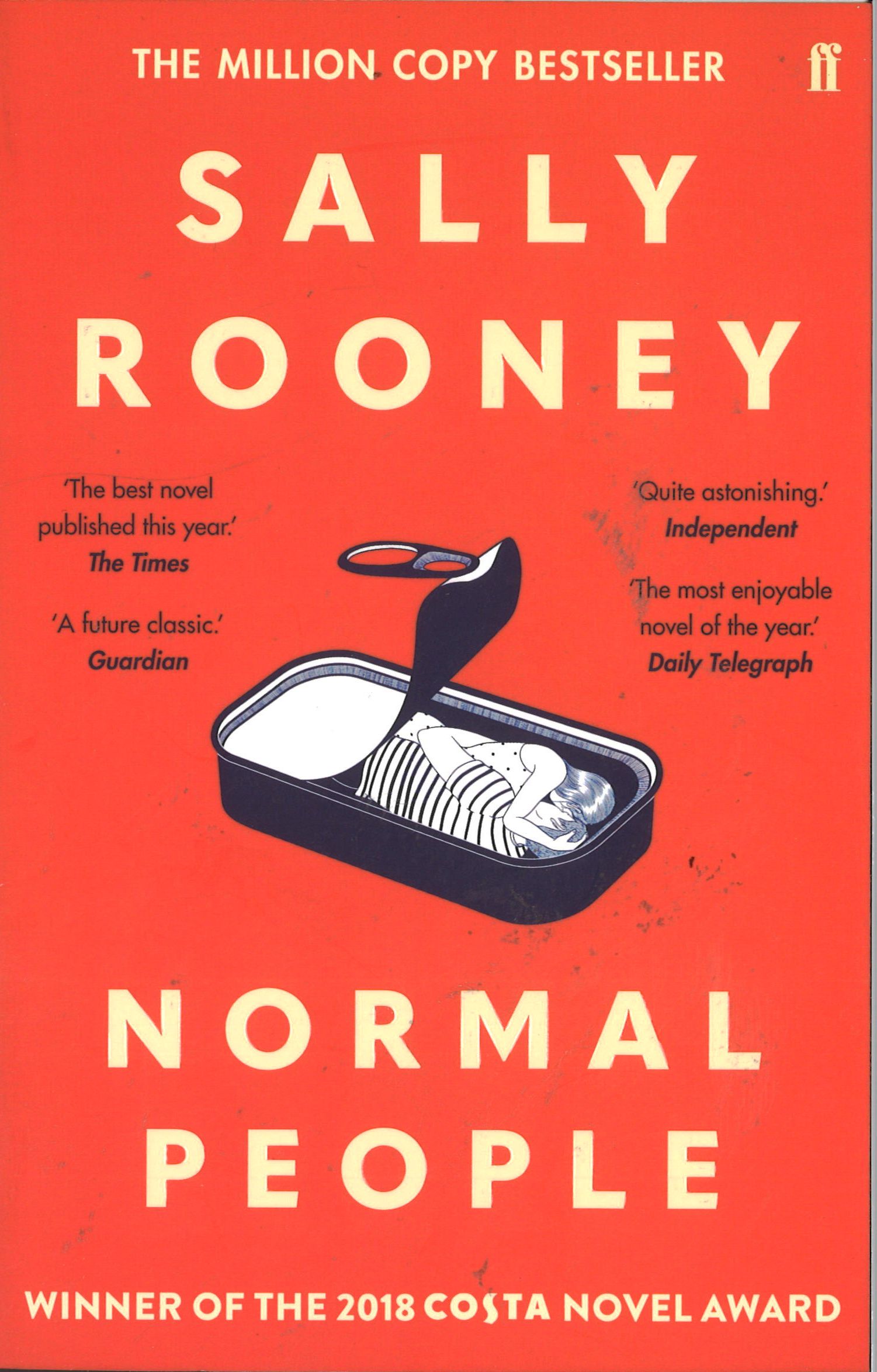

He rubbed her ear with his nose and added: I would miss you if you didn’t want to see me anymore. “I don’t just like you for your brains, trust me. Before graduating high school, Connell and Marianne sneak off to an abandoned house to have sex.

The sentences are spare and, as her first novel alludes, mostly conversational. Those well-attuned to form and style will notice clear similarities between Rooney’s two novels. The pair stop talking, at least for a while. But when Connell takes a different girl (a popular girl) to prom, Marianne is devastated. Marianne, desperate and infatuated, abides by this code of secrecy. The pair first begin sleeping with each other in high school, intrigued by one another’s intelligence and curiosity, and yet Connell quickly draws boundaries between a potential boyfriend-girlfriend relationship and whatever it is the two actually have together. The question of who has the power isn’t one with obvious implications - it’s not like the pair are about to get into a fist fight - but rather one that requires a psychologically astute guiding force. At the novel’s opening, Connell arrives at Marianne’s house (a large, nice one) to pick up his mother Lorraine, who works as a maid for Marianne’s family.įor better or worse, Connell and Marianne are both rather passive. But the power dynamics are still evident: Connell is a popular, if quiet, soccer player, and Marianne is an intellectually curious outcast. Unlike Conversations with Friends‘ Frances and Nick, who were adulterers with a ten-year age gap, Connell and Marianne are in the same grade at school.

It’s similar to Rooney’s debut novel, Conversations with Friends (Hogarth, 2018) in terms of character dynamics both novels are, depending on one’s point of view, either love stories or stories about characters who needlessly complicate their own lives in pursuit of a dubious connection adjacent to love. The novel tracks nearly five years of the relationship between Connell and Marianne, two students in the west of Ireland. Normal People is inarguably interesting, regardless of how aware a reader is about Rooney’s rise to fame the opinion of this reviewer is that the book is also a formidable literary achievement. The temptation to disclaim, then, that an opinion rightly takes into consideration this entire life-cycle of criticism can threaten to occlude the basic question of whether or not the work is, in itself, interesting. Rooney’s second novel, Normal People is, by virtue of her obvious talent and easy marketability (critics have taken to labeling her a “millennial novelist”), an enormous literary event, and as such it’s inspired nearly every critical evaluation imaginable. To review Sally Rooney‘s latest work almost necessitates a kind of self-conscious disclaimer, even when the review itself is effusive.


 0 kommentar(er)
0 kommentar(er)
